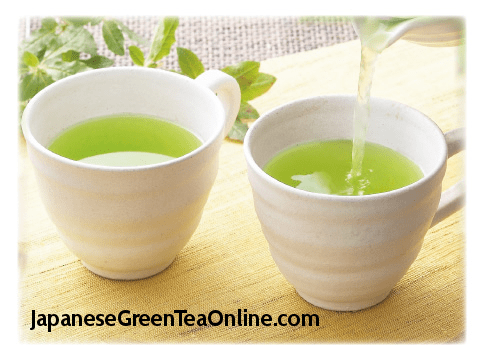Sencha, Gyokuro and Matcha Differences
Most tea harvested in Japan is sencha. Gyokuro is a shade-grown gourmet tea rich in polyphenols. Matcha is powdered tea that whisks to a rich foam.
Sencha

Healthy, aromatic, and delicious. Sencha is highly variable in quality and price.
Harvesters pluck the bud or the bud plus the youngest leaf for high-grade sencha. They pick the bud plus the top two leaves for a good to average tea. They choose the two top leaves, the lower leaf below them, and parts of the twig for lower-quality teas.
The leaves are steamed immediately and prepared. After steaming, the sencha is dried and, when dry enough, rolled into various shapes until completely dry.
Gyokuro

The plants are shaded from direct sunlight for about 3 weeks before the spring harvest. The leaves are rolled and dried naturally after harvesting.
Gyokuro is slightly sweeter than sencha and is famous for its elegant taste, color, and aroma.
Gyokuro Fields are Shaded
Plants are grown in the shade for approximately three weeks before harvesting begins. Removing direct sunlight reduces leaf photosynthesis, which alters the proportions of flavonols, amino acids, sugars, and other substances that provide tea aroma and taste.

Gyokuro is renowned for its smooth, elegant taste.

Matcha
Matcha differs from gyokuro in that the leaves are not rolled at all.
After steaming gyokuro leaves, they are thoroughly dried, deveined, and ground into a super-fine powder.
Matcha is potent and concentrated and whips into a thick, invigorating brew. An excellent morning tea, or an energizing beverage before any form of exercise.
